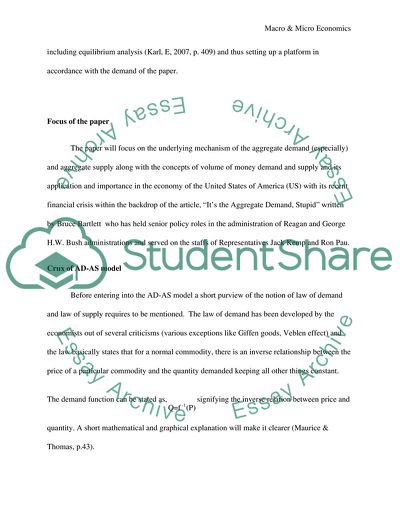Cite this document
(Article analysis report (macroeconomics) Essay Example | Topics and Well Written Essays - 2000 words, n.d.)
Article analysis report (macroeconomics) Essay Example | Topics and Well Written Essays - 2000 words. https://studentshare.org/macro-microeconomics/1778185-article-analysis-report-macroeconomics
Article analysis report (macroeconomics) Essay Example | Topics and Well Written Essays - 2000 words. https://studentshare.org/macro-microeconomics/1778185-article-analysis-report-macroeconomics
(Article Analysis Report (macroeconomics) Essay Example | Topics and Well Written Essays - 2000 Words)
Article Analysis Report (macroeconomics) Essay Example | Topics and Well Written Essays - 2000 Words. https://studentshare.org/macro-microeconomics/1778185-article-analysis-report-macroeconomics.
Article Analysis Report (macroeconomics) Essay Example | Topics and Well Written Essays - 2000 Words. https://studentshare.org/macro-microeconomics/1778185-article-analysis-report-macroeconomics.
“Article Analysis Report (macroeconomics) Essay Example | Topics and Well Written Essays - 2000 Words”. https://studentshare.org/macro-microeconomics/1778185-article-analysis-report-macroeconomics.


